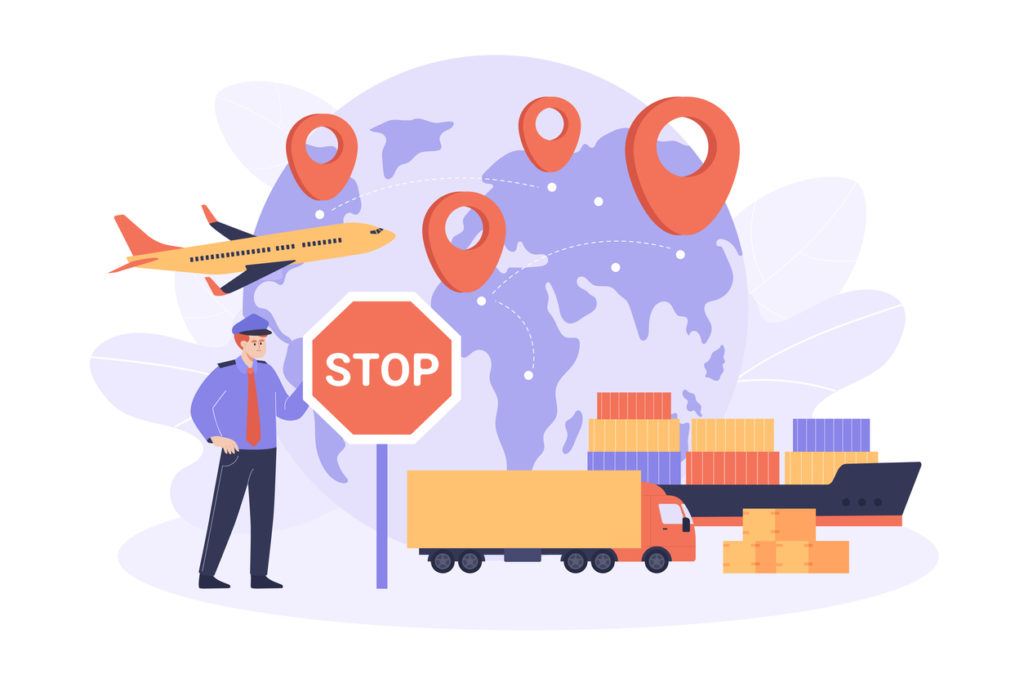What is a two-stage export procedure?
The most important points in brief: A two-stage procedure is an extended procedure for the clearance of an export declaration or an export accompanying document. You must use the two-stage procedure when sending goods by courier service or otherwise if the value of the goods exceeds EUR 3,000. The single-stage procedure is also sufficient. With the two-stage procedure, you must present the goods to the inland customs office at the sender ‘s location. Only then can you clear the goods through EU border customs. To the technical article: two-stage procedure.
Fast and efficient export processes are essential in the globalized economic system. The two-stage export procedure is one way of organizing the export of goods across national borders. It provides a structure that includes controls and security mechanisms. In this article, we dive deeper into the mechanisms and advantages of the two-stage export procedure.
Definition of the two-stage export procedure
In the two-stage export procedure, the export process is divided into two clear phases: First, the goods are declared and presented to the inland customs office (domestic). Once they have been processed, the goods are transported to the border customs office, where the final release for export takes place.
Advantages of the two-stage export procedure
- Security: Two separate checks ensure that all export requirements are met.
- Flexibility: Companies that are not located directly at a border can first present the goods to a nearby inland customs office, which has logistical advantages.
- Clarity: The clearly defined stages enable precise planning and handling of the export process.
Procedure of the two-stage export procedure
- Declaration at the inland customs office: The exporter declares the goods at an inland customs office and submits the necessary documents.
- Control and provisional release: After checking the documents and goods, the inland customs office issues a provisional export release. The goods are then transported to the border customs office.
- Final inspection at the border customs office: This is where the goods and documents are checked again. After a successful inspection, the goods are finally released for export.
Who is the procedure suitable for?
The two-stage export procedure is ideal for companies that are not located directly at a border or where complex goods or goods requiring special controls are exported. It offers the opportunity to plan the export process precisely, taking into account all the necessary security and control mechanisms.
Conclusion
The two-stage export procedure offers a structured and secure way to export goods. It combines the advantages of security controls with the flexibility to adapt exports to the company’s location. This procedure is a particularly valuable option for larger companies or those with special export requirements.
Helpful links on the subject of two-stage export procedures
What can we help you with?



